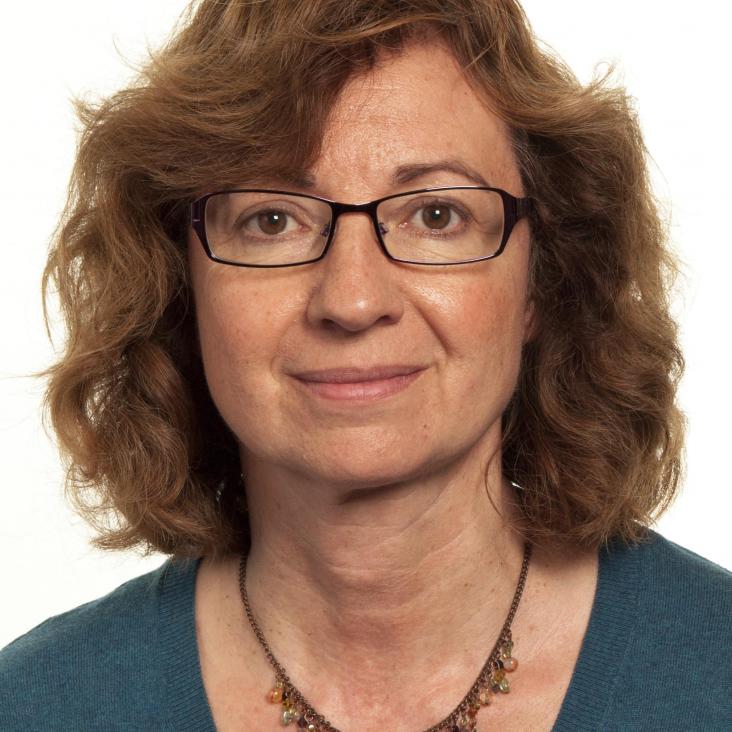Forecasting extreme stratospheric polar vortex events
Nature Communications Springer Nature 11:1 (2020) 4630
Abstract:
Extreme polar vortex events known as sudden stratospheric warmings can influence surface winter weather conditions, but their timing is difficult to predict. Here, we examine factors that influence their occurrence, with a focus on their timing and vertical extent. We consider the roles of the troposphere and equatorial stratosphere separately, using a split vortex event in January 2009 as the primary case study. This event cannot be reproduced by constraining wind and temperatures in the troposphere alone, even when the equatorial lower stratosphere is in the correct phase of the quasi biennial oscillation. When the flow in the equatorial upper stratosphere is also constrained, the timing and spatial evolution of the vortex event is captured remarkably well. This highlights an influence from this region previously unrecognised by the seasonal forecast community. We suggest that better representation of the flow in this region is likely to improve predictability of extreme polar vortex events and hence their associated impacts at the surface.Eleven-year solar cycle signal in the NAO and Atlantic/European blocking
Quarterly Journal of the Royal Meteorological Society (2016)
Abstract:
© 2016 The Authors. Quarterly Journal of the Royal Meteorological Society published by John Wiley & Sons Ltd on behalf of the Royal Meteorological Society.The 11-year solar cycle signal in December–January–February (DJF) averaged mean-sea-level pressure (SLP) and Atlantic/European blocking frequency is examined using multilinear regression with indices to represent variability associated with the solar cycle, volcanic eruptions, the El Niño–Southern Oscillation (ENSO) and the Atlantic Multidecadal Oscillation (AMO). Results from a previous 11-year solar cycle signal study of the period 1870–2010 (140 years; ∼13 solar cycles) that suggested a 3–4 year lagged signal in SLP over the Atlantic are confirmed by analysis of a much longer reconstructed dataset for the period 1660–2010 (350 years; ∼32 solar cycles). Apparent discrepancies between earlier studies are resolved and stem primarily from the lagged nature of the response and differences between early- and late-winter responses. Analysis of the separate winter months provide supporting evidence for two mechanisms of influence, one operating via the atmosphere that maximises in late winter at 0–2 year lags and one via the mixed-layer ocean that maximises in early winter at 3–4 year lags. Corresponding analysis of DJF-averaged Atlantic/European blocking frequency shows a highly statistically significant signal at ∼1-year lag that originates primarily from the late winter response. The 11-year solar signal in DJF blocking frequency is compared with other known influences from ENSO and the AMO and found to be as large in amplitude and have a larger region of statistical significance.A lagged response to the 11 year solar cycle in observed winter Atlantic/European weather patterns
Journal of Geophysical Research Atmospheres 118:24 (2013) 13-420
Abstract:
The surface response to 11 year solar cycle variations is investigated by analyzing the long-term mean sea level pressure and sea surface temperature observations for the period 1870-2010. The analysis reveals a statistically significant 11 year solar signal over Europe, and the North Atlantic provided that the data are lagged by a few years. The delayed signal resembles the positive phase of the North Atlantic Oscillation (NAO) following a solar maximum. The corresponding sea surface temperature response is consistent with this. A similar analysis is performed on long-term climate simulations from a coupled ocean-atmosphere version of the Hadley Centre model that has an extended upper lid so that influences of solar variability via the stratosphere are well resolved. The model reproduces the positive NAO signal over the Atlantic/European sector, but the lag of the surface response is not well reproduced. Possible mechanisms for the lagged nature of the observed response are discussed. Key Points 11-year solar signal detected over N. Atlantic/Europe Signal is evident if data are lagged by ~3 years HadGEM climate model simulates signal but not the lag ©2013. The Authors.Role of the quasi-biennial oscillation in alleviating biases in the semi-annual oscillation
Weather and Climate Dynamics Copernicus Publications 5:4 (2024) 1489-1504
Abstract:
Model representations of the stratospheric semi-annual oscillation (SAO) show a common easterly bias, with a weaker westerly phase and stronger easterly phase compared to observations. Previous studies have shown that both resolved and parameterized tropical waves in the upper stratosphere are too weak. These waves propagate vertically through the underlying region dominated by the stratospheric quasi-biennial oscillation (QBO) before reaching the SAO altitudes. The influence of biases in the modelled QBO on the representation of the SAO is therefore explored. Correcting the QBO biases helps to reduce the SAO easterly bias through improved filtering of resolved and parameterized waves that contribute to improving both the westerly and the easterly phases of the SAO. The time-averaged zonal-mean zonal winds at SAO altitudes change by up to 25 % in response to the QBO bias corrections. The annual cycle in the equatorial upper stratosphere is improved as well. Most of the improvements in the SAO occur during the QBO easterly phase, coinciding with the period when the model's QBO exhibits the largest bias. Nevertheless, despite correcting for the QBO bias, there remains a substantial easterly bias in the SAO, suggesting that westerly wave forcing in the upper stratosphere and lower mesosphere is still severely under-represented.A momentum budget study of the semi‐annual oscillation in the Whole Atmosphere Community Climate Model
Quarterly Journal of the Royal Meteorological Society Wiley (2024)


